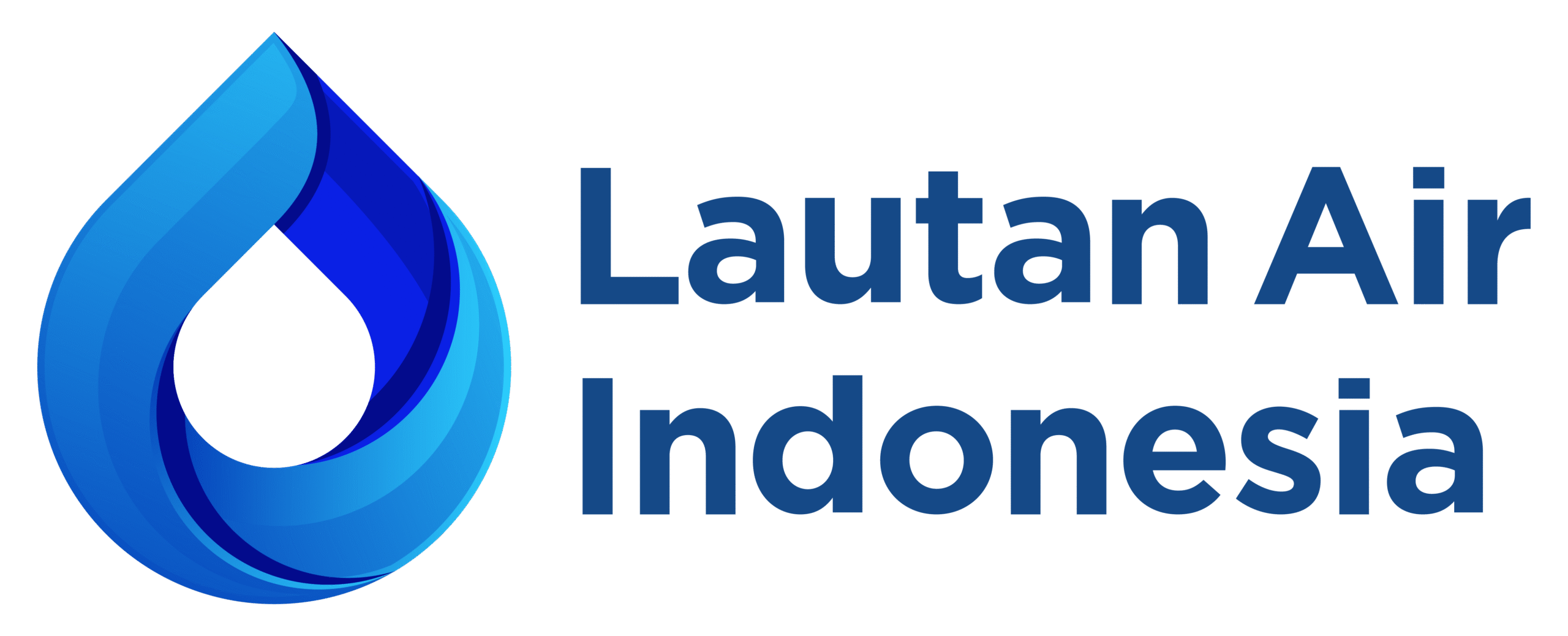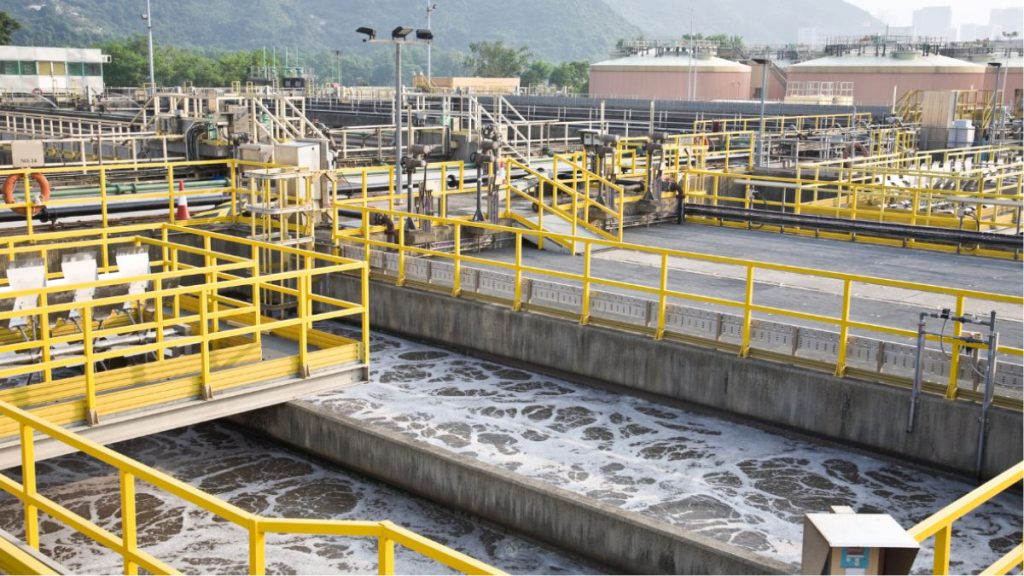The availability of clean and quality raw water is a fundamental element in various industrial sectors, from manufacturing, energy, to food and beverage processing. However, the quality of raw water in many regions in Indonesia is increasingly affected by high levels of organic content, both from natural materials such as plant and animal waste, as well as from domestic and agricultural waste.
This organic content is generally in the form of dissolved organic carbon compounds (DOC), humic and fulvic acids, and microorganisms. Their presence in raw water can have a number of negative consequences, both for the water treatment process and for the quality of the processed water itself.
Negative Impacts of Organic Content: Increased Operational Complexity
High organic content in raw water can cause various technical and operational problems, including.
1. Reaction with Disinfectants
Organic compounds react with chlorine and produce Disinfection By-Products (DBPs) such as trihalomethanes (THMs), which are carcinogenic. This not only reduces the quality of the processed water, but also poses a risk to human health.
2. Decreased Process Efficiency
Organic substances can interfere with the coagulation-flocculation process, making it difficult to form stable flocs, thereby reducing the effectiveness of sedimentation and filtration. In addition, organic substances can also cause membrane fouling in advanced filtration systems such as Ultrafiltration (UF) and Reverse Osmosis (RO).
3. Increased Consumption of Chemicals and Energy
To overcome the impact of organic substances, higher doses of chemicals are needed, and more frequent washing of filter media and membranes. This certainly has a direct impact on increasing operational costs.
4. Shortening Equipment Life
The accumulation of organic substances can accelerate damage to filtration media and membranes, and cause corrosion or sedimentation in piping systems and other equipment.
Factors Causing Increased Organic Content
Some factors that contribute to the increased organic content in raw water include:
- Climate change that increases the volume of runoff carrying organic matter from the land surface to water bodies.
- Intensive agricultural activities, which contribute organic matter from fertilizers and crop residues.
- Domestic pollution, including poorly treated household waste.
- Land conversion, especially in river basins (DAS), which causes degradation of surface water quality.
This situation requires a more careful and comprehensive approach to the management and processing of raw water.
Read Also: Dealing with Bad Odors in Raw Water: Challenges and Solutions
Technical Solutions to Reduce Organic Content
Reducing organic content in raw water requires a combination of technology, treatment chemicals, and continuous water quality monitoring. Here are some approaches that have proven effective:
1. Optimizing the Coagulation and Flocculation Process
Coagulation is a crucial initial step to bind organic particles in the form of flocs. The use of coagulants such as Poly-Aluminium Chloride (PAC) and Aluminum Chlorohydrate (ACH) has proven effective in reducing levels of dissolved organic compounds. This process can be combined with anionic or cationic flocculants to increase sedimentation efficiency.
Lautan Air Indonesia provides a variety of coagulant and flocculant products with formulations that have been adjusted for various raw water characteristics in Indonesia, as well as dosage testing services and automatic injection system installation.
2. Special Media-Based Filtration
After the sedimentation process, filtration uses media such as:
- Silica sand and anthracite to remove suspended particles,
- Activated carbon to absorb organic compounds, odors, and tastes,
- DMI-65 to reduce heavy metals and capture certain organic compounds,
These media are an important step in reducing organic levels before entering the advanced processing stage.
Lautan Air Indonesia provides a variety of high-quality filtration media, including coconut shell and coal-based activated carbon, as well as DMI-65 for more complex filtration needs.
3. Utilization of Membrane Technology
Ultrafiltration (UF) and Reverse Osmosis (RO) systems have the ability to filter organic particles and molecules with high precision. However, for membrane technology to function optimally, it needs to be supported by an adequate pretreatment system to prevent fouling.
Lautan Air Indonesia provides UF and RO systems complete with pretreatment designs, antiscalants, membrane cleaning chemicals (CIP chemicals), and integrated automatic control systems.
4. Oxidation and Disinfection Process
The use of ozone and UV light has been proven to destroy complex organic compounds and microorganisms. This process not only reduces organic levels, but also increases the safety of water from a microbiological perspective.
Lautan Air Indonesia offers ozone and UV-based disinfection systems complete with performance control and monitoring technology to ensure process efficiency and safety.
Lautan Air Indonesia: Your Partner to Overcome Organic Challenges in Water
As a company with more than 40 years of experience in the field of water treatment, Lautan Air Indonesia understands the challenges you face in managing raw water with high organic content. We not only offer products, but also integrated solutions, including:
- Provision of coagulants and flocculants according to local water characteristics
- Design and installation of filtration systems (deep filtration to special filter media)
- Ultrafiltration and Reverse Osmosis systems with optimal pre-treatment
- Ozone and UV Systems for advanced treatment
- Laboratory monitoring and analysis
- Operation & Maintenance services to ensure your system remains optimal
Don’t let organic content in raw water damage your treatment system, increase operational costs, or even endanger your end consumers. Trust Lautan Air Indonesia to provide efficient, reliable solutions that suit your industry needs.



